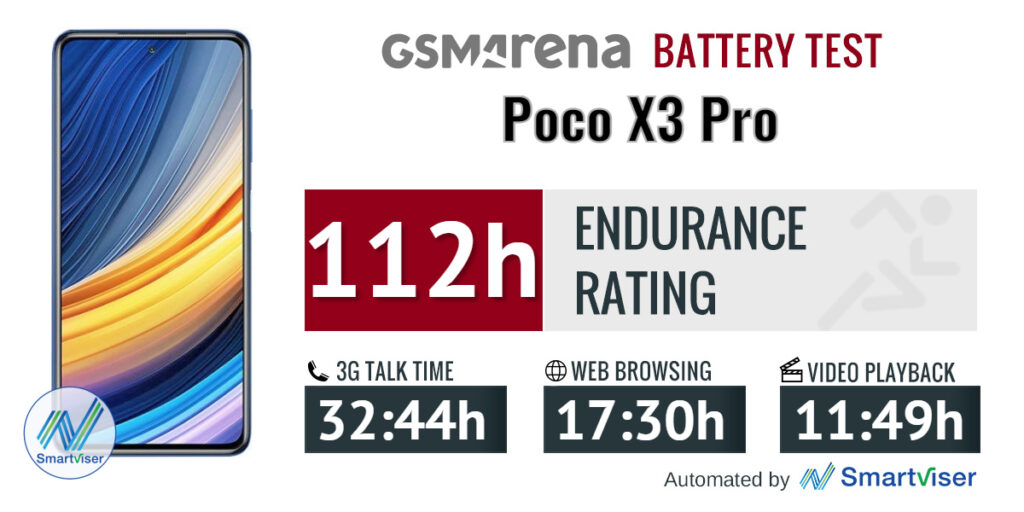Your Logo's Color: What to Choose and Why
What Your Logo's Color Says About You
Your logo is the first thing that a visitor will see when they come to your website. Your audience will be drawn in by your logo’s vibrancy and design, but if you're not careful, those traits can hurt your conversion rates rather than help them. The colors may also affect how visitors perceive it and determine whether or not they want to stay on your site for any length of time.
This post will discuss some tips on choosing the right color for your logo to increase conversions and improve customer experience.
Color Psychology And The Impact On Your Logo
Colors can affect your mood, emotions, and perceptions. This fact doesn't just apply to you as an individual; it also applies to your site visitors. Specific colors will make them feel more welcome, while other colors will leave them cold or even repulsed. But don't worry, there's a science behind color psychology that you can use to your advantage.
Colors And Their Meanings
There are many colors globally, so how do you know which color is right for your logo? We'll cover some of the most popular ones:
Blue
It is used by most Fortune 500 companies and is considered a great option because it's professional and conservative. Blue is often associated with confidence and trustworthiness; therefore, this color might not work for websites trying to convey warmth or friendliness.
Yellow
Some say that yellow leaves a negative impression, but it can be welcoming or playful when used in moderation. It is also said to increase appetite.
Green
The color of growth, which may make your site seem more modern or eco-friendly.
Red
Red has been shown to raise blood pressure and stimulate discussion in a post. It is also associated with power and confidence.
Orange
Depending on the hue, it can be seen as a playful color or buffering for sites that need to look refreshing. This energizing color might be good for promoting actionable items on your site. However, use it with caution as it also tends to be overpowering.
Pink
Known to be feminine, the color pink is not always soft, depending on how you use it. This color could also make your site seem more serious or lighthearted.
Purple
A color that is associated with creativity and royalty, but some may perceive it as feminine.
Black
Black is the color of sophistication or elegance. This color is an excellent option if you want to make your website seem more upscale.
The Color Wheel: How To Choose Your Logo's Color Palette
In the world of color, there is a lot to take into account. You need to consider your logo and branding colors and look on various devices — desktops, smartphones, tablets, or laptops.
It can be challenging to choose the right color for your company logo, blog post titles, and social media posts when working with many different colors. Fortunately, there is an easy way to work around this problem using The Color Wheel. With the help of a color wheel, you'll be able to choose the best colors for any other project.
To use the color wheel in your palette, you need to know if your image or design has a “cool” or “warm” color tone. Cool colors are usually blue and purple, whereas warm colors range from yellow to red on the spectrum. Below is an example of how these two types of color tones can be used in projects.
Cool colors create a feeling that's more modern and sleek.
Warm colors are more inviting and create a sense of warmth.
The color wheel can also be used in projects that need a logo design or branding work. It helps choose an ideal color palette and guides setting up a cohesive branding package.
How To Use Colors For Conversions, Engagement, And More
Many believe that specific colors can work well when you want to increase your engagement.
For example, blue is calming and serene. It's also associated with trustworthiness. This may be why Facebook chose this color to fill in its logo (and why it is usually the most popular choice).
Another favorite for increasing conversions and engagement levels is red, bold, powerful, and exciting. As mentioned, these colors can help your audience feel excited about what you’re offering.
You can also use colors to set the mood. Colors like yellow and green are associated with happiness, so they're perfect for creating an upbeat environment where people feel comfortable shopping around your store.








